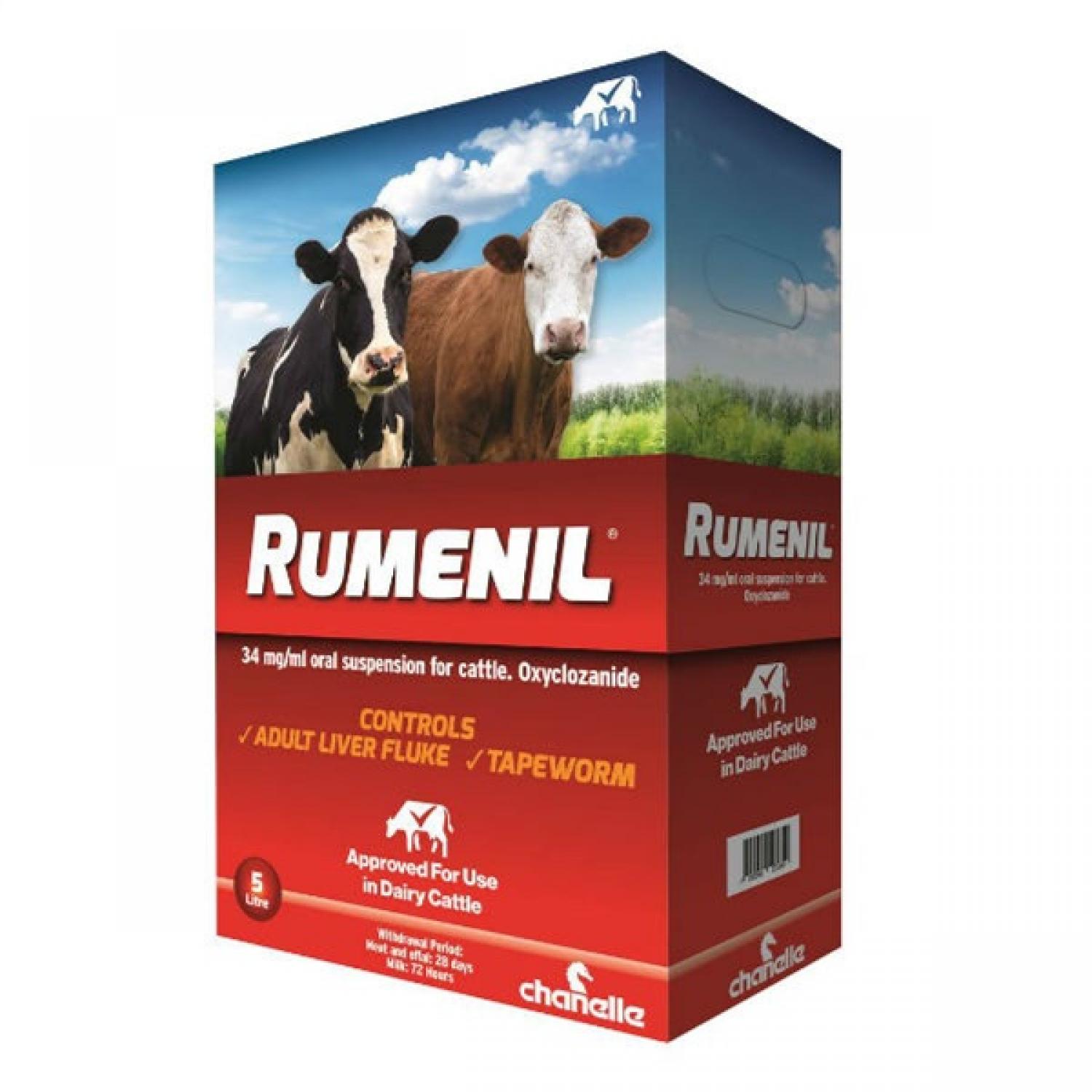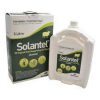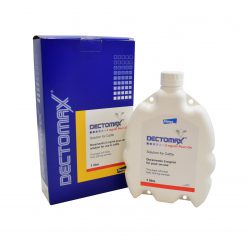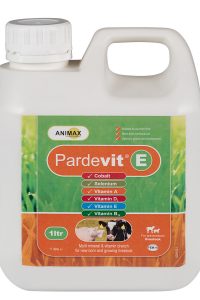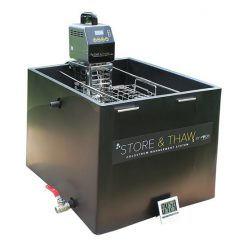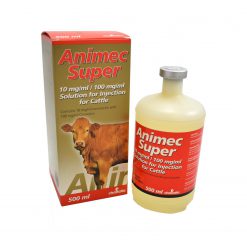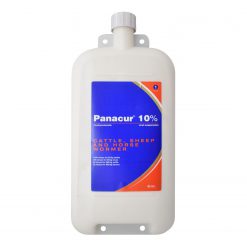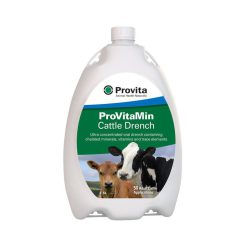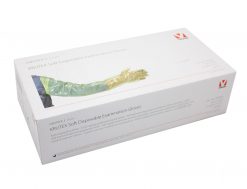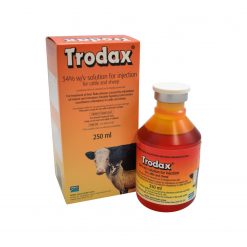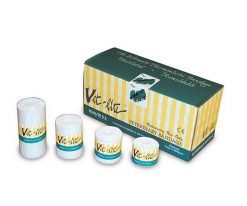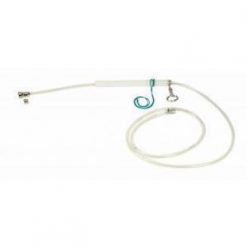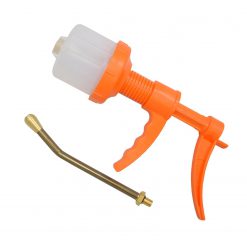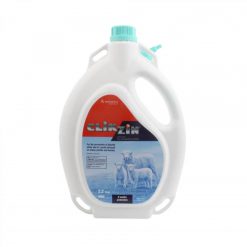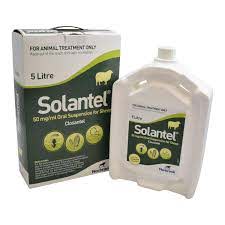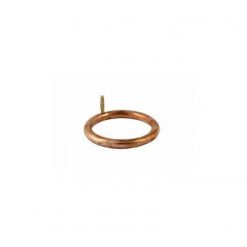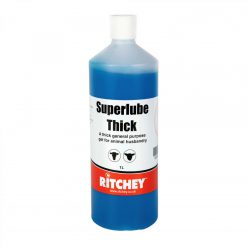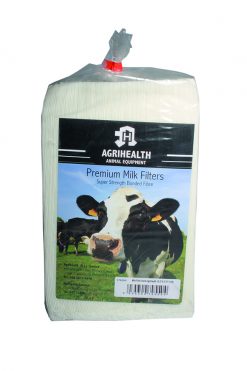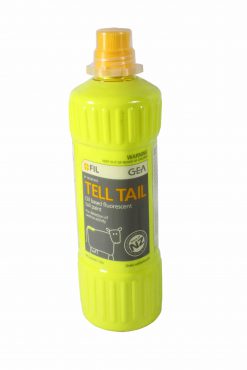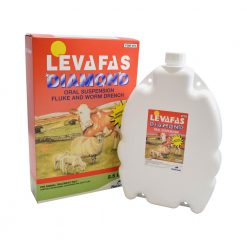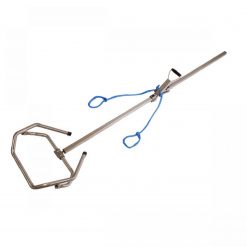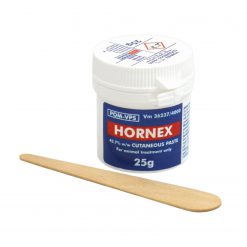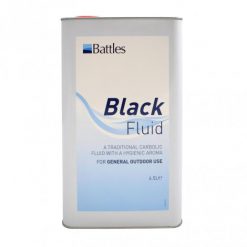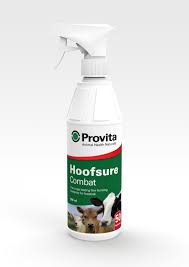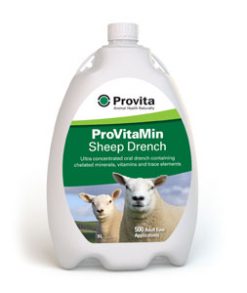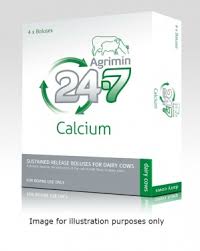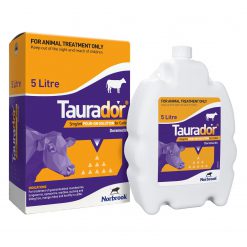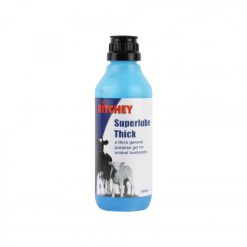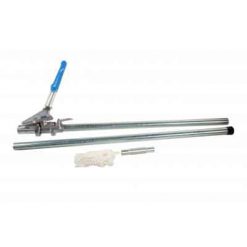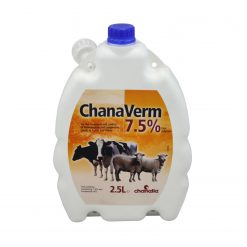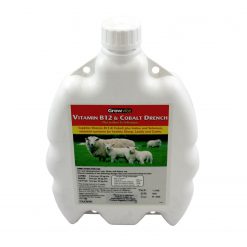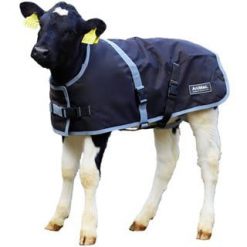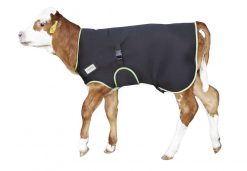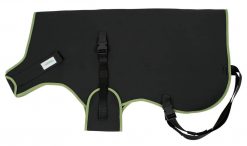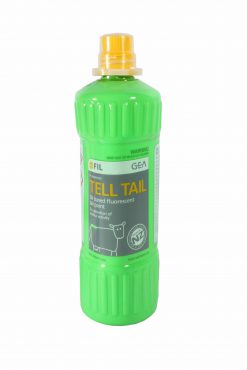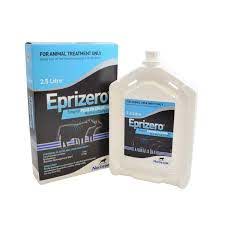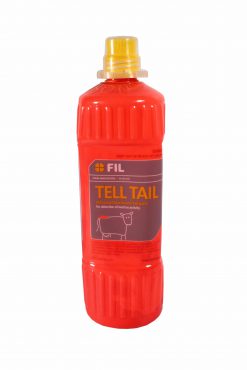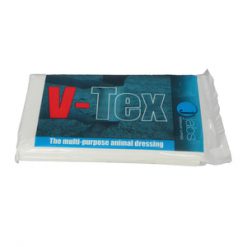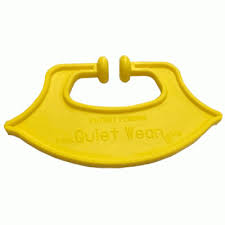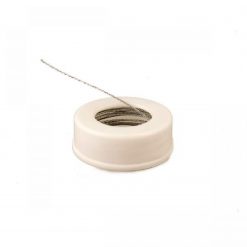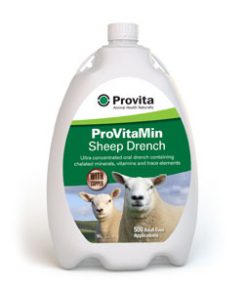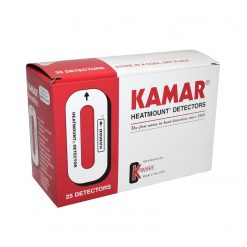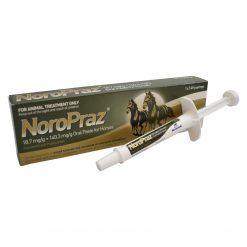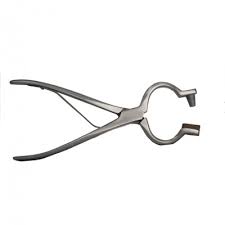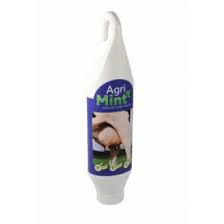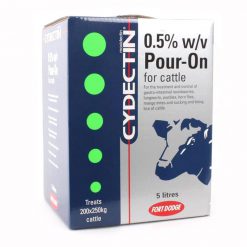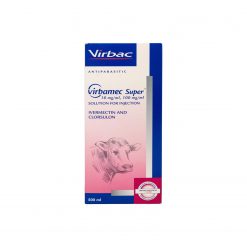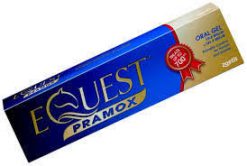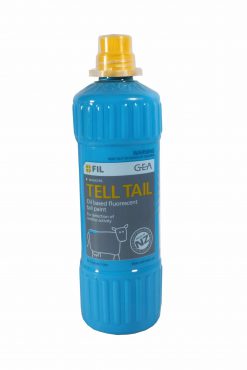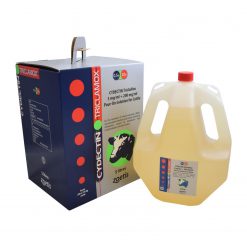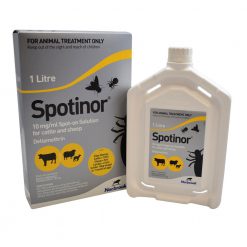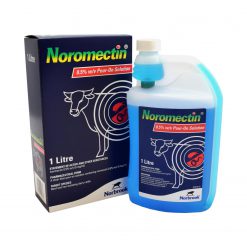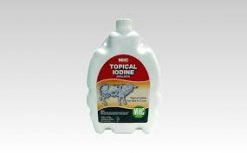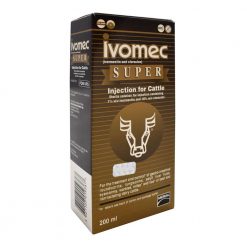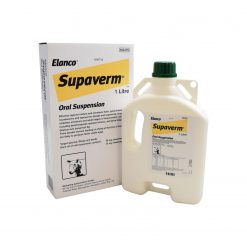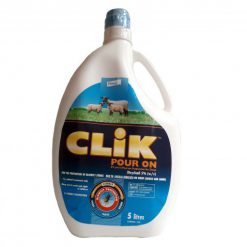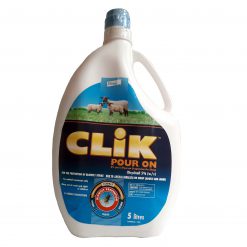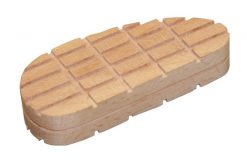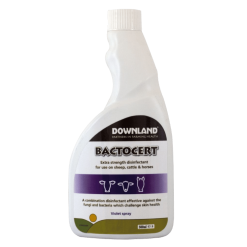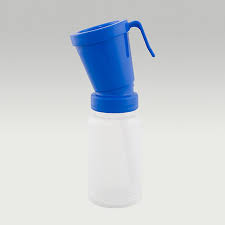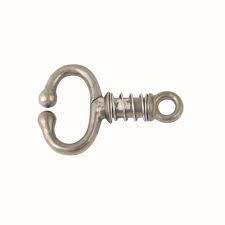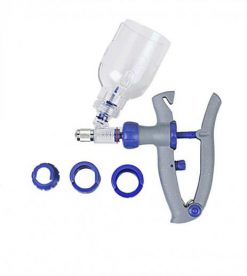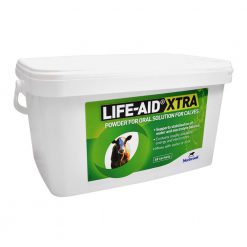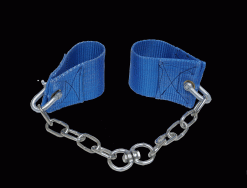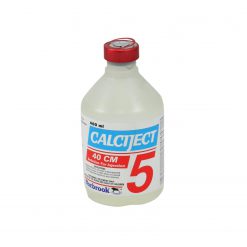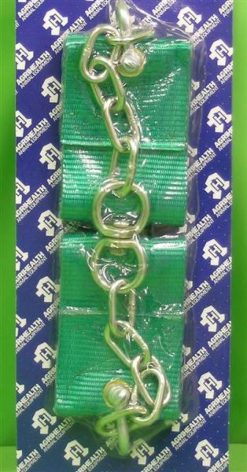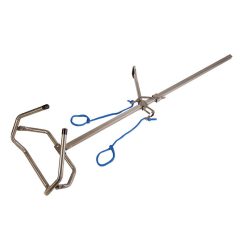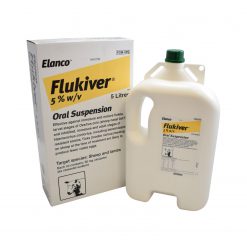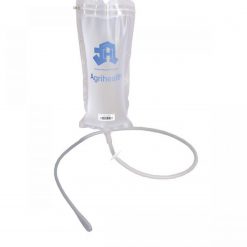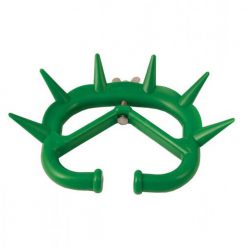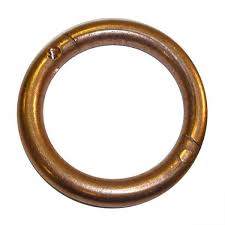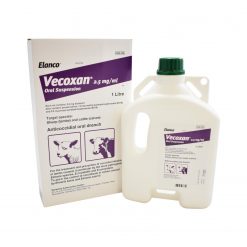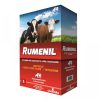Rumenil 5Ltr
£60.00 + VAT
Give as an oral drench. Shake the product well before use. To ensure administration of a correct dose, body weight should be determined as accurately as possible; accuracy of the dosing device should be checked. If animals are to be treated collectively rather than individually, they should be grouped according to their bodyweight and dosed accordingly, in order to avoid under- or overdosing. Dose according to bodyweight at the rate of 10 mg oxyclozanide per kg bodyweight (cattle)
Cattle : 3 ml per 10 kg bodyweight; e.g 50 kg (approx 1 cwt) 15 ml
The product can be given in the feed to cattle which are fed individually. Pour the recommended dose onto their concentrate ration. Molasses or salt may be added for shy feeders.
More Details:
Care should be taken to avoid the following practices because they increase the risk of development of resistance and could ultimately result in ineffective therapy:
Too frequent and repeated use of anthelmintics from the same class, over an extended period of time
Underdosing, which may be due to underestimation of body weight, misadministration of the product, or lack of calibration of the dosing device (if any).
Suspected clinical cases of resistance to anthelmintics should be further investigated using appropriate tests (e.g. Faecal Egg Count Reduction Test)
Where the results of the test(s) strongly suggest resistance to a particular anthelmintic, an anthelmintic belonging to another pharmacological class and having a different mode of action should be used
Milking cattle, particularly high yielders, may show a reduction in yield, occasionally of 5 {860c84ecb00a3653ebfba9e40da539730da09e162f37662232a84ed9bbe75d38} or more, for about 48 hours after handling. The effect of this small loss may be minimised by spreading herd dosing over a period of about one week.
Withdrawl Period:
Meat and offal: 28 days
Milk: 72 hours
POM-VPS (PML) Product Information
By ordering this item through our website you are confirming that you are the owner/keeper of the livestock in which this product will be administrated to.
Important – Veterinary Medicine Regulations 2005
We may contact you of your order contains PML or POM-VPS medicine so that we can confirm the order, therefore please ensure that we have all your contact details including a mobile number.
We reserve the right to refuse the sale and supply of medicines at any time at our own discretion.

